
To commemorate, the culmination of their long-running and successful X-Men movies, 20th Century Fox declared May 13th as “X-Men Day”, a day to celebrate all things Mutant and X-Men and celebrate Marvel’s iconic collection of superpowered beings who fight to protect a world that hates and fears them.
Released: 14 December 2010
Originally Released: 31 January 1992
Developer: Backbone Entertainment
Original Developer: Konami
Also Available For: Arcade, Mobile, and Xbox 360
A Brief Background:
After Stan Lee and long-time collaborator Jack Kirby introduced the X-Men in 1963, Mutants have featured prominently not only in Marvel Comics but also in videogames. The first X-Men videogame was essentially a vertical shooter on the Nintendo Entertainment System, but the characters saw their greatest early success in arcade ventures and team-based brawlers. Indeed, in 1992, the arcade scene was still a popular staple of the industry and beat-‘em-ups were at the forefront of that; the biggest names in this genre were Capcom and Konami, who pumped out licensed and first-party titles and defined a generation. X-Men was one of Konami’s most celebrated efforts; based on the vastly different pilot episode of the incredibly popular X-Men animated series (1992 to 1997), X-Men’s widespread acclaim was matched only by its scarcity. The title never made it to home consoles and it would take about twenty years for it to finally be ported from the arcades. This digital-only version was praised for its nostalgia, though criticised for being far too easy, and was sadly delisted from digital store fronts in 2013 due to licensing issues and hasn’t been seen since.
The Plot:
Erik Lehnsherr/Magneto leads an all-out war against humanity with an army of Sentinels and his human-hating loyalists, the Brotherhood of Evil Mutants, even kidnapping his old friend and rival, Professor Charles Xavier/Professor X, and the X-Man Kitty Pryde/Shadowcat. It’s up to the X-Men to use their unique Mutant powers to topple Magneto’s forces, rescue their allies, and put an end to his mad schemes!
The Review:
X-Men is one of the quintessential arcade beat-‘em-ups from the heyday of the era, allowing up to six players to battle it out across eight stages beating the crap out of an unending series of robotic or animalistic enemies and vying to be top of the leaderboards. The controls are as simple as you could want from a game like this: you use Circle or Square to attack, landing a series of combos with each button press and attacks that are unique to each character, jump with X, and perform a jumping attack by pressing Circle or Square in mid-air. When enemies are on the ground, you can press Circle or Square to pound on them or press Square when close to most enemies to throw them across the screen or into other enemies for good crowd control. Unfortunately, there’s no dash attack here and few other attack options available beyond pressing Triangle to unleash your character’s Mutant power, which will drain a bit of your health or cost you a “Mutant Orb”. These attacks are unique to each character and will wipe out all enemies on screen, but have some limitations; James “Logan” Howlett/Wolverine and Scott Summers/Cyclops’s Mutant powers are great for clearing what’s right in front of you but you’ll want to pick Kurt Wagner/Nightcrawler of Piotr “Peter” Rasputin/Colossus if you want to target enemies all around you. Unlike other beat-‘em-ups, there are no weapons to get, no crates or barrels to smash, and no interactive objects to aid you (there are no explosive barrels here, for example); hell, there aren’t even any health pickups to find. Supposedly, the Japanese version of the game does have them, and other pick-ups that are dropped by defeated enemies, and I didn’t see one when I did a quick check after my first playthrough.
Indeed, despite its much-deserved reputation as one of the greatest arcade games of all time, there’s not much that makes X-Men particularly innovative. Its appeal comes down to the enjoyable mindlessness of its action, the colourful visuals, and the atrociously entertaining voice acting. The goal here is little more than to travel from the left side of the screen to the right, ploughing through disposable enemies until you reach the boss of each level. You’ll need to watch out for hidden turrets, cliff drops and lava pits, and a bunch of palette-swapped Sentinels who throw rocks, detach their hands, or fire projectiles. They’re joined by bulkier robots armed with cannons who fire missiles, low fireballs, or high laser shots, lizard men who attack with their tails or breathe fire, and even anthropomorphic mud and plant monsters and robotic arms, though these enemies are constantly recycled and become quite samey quite quickly, even when they’re riding in on trucks or these weird gun-toting cyborgs on treadmills. The environments are a bit hit and miss, too; the opening city is suitably wrecked, there’s a thunderstorm raging in the background of the cave stage, you’ll see the Giant Sentinel, X-Jet, and the captured Professor X and Kitty in other stages, but few levels were as visually interesting as the wild jungles of Island M and lava-filled dangers found in “The Trap”. You’ll be transported up and down lifts, as is expected in a beat-‘em-up, but won’t really be battling a host of enemies in these sections; there is one part where you’re confronted by a missile-spewing wall, but you don’t actually have to destroy it, and the only character with anything close to an idle animation is Wolverine, who sheathes and unsheathes his claws when left standing (but don’t linger too long or the game will punish you with an explosive death!)
Yet, the character and enemy sprites are big, colourful, and evoke both the comic books and the pilot of the animated series. The story, paper-thin as it is, is related through large, partially animated cartoon-esque sprite art and in-game graphics, with Raven Darkhölme/Mystique’s deceptive tricks and the Brotherhood’s explosive, boastful entrances being as notable a highlight as Professor X’s many words of wisdom. Of course, one reason X-Men is so fondly remembered is the awful dialogue, lovingly recreated here so as not to rob us of such meme-worthy statement as “X-Men! Welcome to die!”, “Magneto is in another place”, and “You’re dead, X-Chicken!” In terms of bosses, X-Men doesn’t offer much in the way of challenge or strategy and you can generally get by with a simple technique of jumping in for an attack, landing a quick combo, and jumping out of harm’s way, maybe landing a special attack if you have a spare orb or enough health. This is established from the first encounter with St. John Allerdyce/Pyro and is largely true of all bosses: they’ll burst into the scene, taunt you (leaving themselves vulnerable to an early attack), and use their various powers to whittle down your health. While Pyro is quite nimble and spams screeching flame projectiles and roasts you with a flame burst, Fred Dukes/The Blob is much slower, plodding about and landing big punches or swings with his spiked mace, causing the screen to shake when you knock him down for a few seconds, and tanking your hits. A version of the Wendigo is also fought, with it pouncing at you and performing a head grab/throw combo shared by subsequent bosses, such as Nimrod, another large, clunky, slow boss who’d rather waste time taunting you than attacking in an interesting way. Cain Marko/The Juggernaut is similarly large and cumbersome but makes up for it with a screen-crossing charge and a huge cannon that fires a large blast across the screen. There are also a couple of mini bosses to contend with, such as the mental bolt-throwing Emma Frost/White Queen, a battle against three Egyptian statues, several Pyro clones, and additional encounters with all previous bosses when battling through Asteroid M. You’ll fight Magneto twice; the first time, it’s Mystique in disguise and he/she’s limited to punches and kicks but defeating her sees you battle the true Magneto. This is the toughest fight yet thanks to his impenetrable shield, but his attacks are still limited to slightly faster and very powerful punches and kicks. He also likes to mock you, though, so you can get in a good combo in those moments, and you’ll be immediately trust into another playthrough after the ending and credits roll when playing the American version of the game.
Yes, this version of X-Men allowed you to pick between the American and Japanese versions; the main difference between the two was that you get a free, non-health-sapping Mutant Orb after every boss in the American version, but you start each new life with one in the Japanese version, and there’s apparently more to pick up from defeated enemies in that version, too. X-Men also allowed for local and, at one time, online multiplayer, allowing up to six players to fight together like in the arcade days of old. You can head into the “Options” menu and turn smoothing on or off, set whether you want a wallpaper to fill in the gaps around the action, show or hide the in-game timer used for speed runs and such, change the screen size, and change where the player’s health and lives and score are displayed. Every time you clear a stage, it’s unlocked to select for next time, allowing you to pick up where you left off or freely jump to any level. While you strangely can’t change characters when you die (or, at least, I wasn’t able to; there was no way when the continue countdown appeared and the option was greyed out on the pause menu), you do get unlimited credits and you can test your skills on three difficulty stings: Normal, Hard, and Hardcore, with even more enemies swarming the screen on the harder settings. X-Men had twelve Trophies for players to earn, with Trophies popping when you used a Mutant power five times, earned at last 250 points in one game, completed it on Expert difficulty, and defeated Pyro without using your Mutant powers. Tougher challenges included beating Magneto with every playable character, finishing the game in 25 minutes or less, and being fooled by Mystique in a six-player game (which I achieved by mapping all six characters to one controller). Otherwise, that’s it; there are no skins, no new characters to unlock, and no additional game modes here; just the classic arcade machine in all its punchy, ridiculous, and colourful glory.
The Summary:
It’s such a shame that X-Men got delisted and hasn’t been made widely available for download since 2013; almost as much of a shame that it never came to home consoles back in the day and we were stuck with all those mediocre X-Men platformers. It’s a really fun game that ends just as things are about to become too repetitive and mindless, with a surprising amount of variety to each character despite the lack of pickups and power-ups. Each character plays a little differently (Nightcrawler is fast and has lots of elaborate attack animations while Colossus is much slower and bulkier, for example) and has some fairly good special attacks, though the lack of team-based moves and temporary power-ups is a bit of a shame. Similarly, the environments are quite bland and uninspired, especially compared to other beat-‘em-ups and even the colourful sprites on offer here. Considering the vast library of X-Men characters and enemies, there’s very little enemy variety (potentially because it’s more appropriate to have players smash up robots than people) and, while the bosses make up for this, there’s not much strategy to defeating them. I liked that there was a lot of voice samples used here, and in the engaging tunes, and the quality of the cutscenes was very much like a cartoon, which was very fitting considering the source material. Although X-Men doesn’t offer anything new to the genre and is, in many ways, inferior to other titles that don’t have the luxury of such a big licensing name being attached to them, it’s a short burst of entertaining fun that’s best enjoyed with a couple of friends. I’m really hoping Konami work out some kind of deal to make this accessible to new players sometime soon so I can revisit it again, maybe as a collection of titles or something, and add in some additional materials like concept art, the option for HD graphics, and maybe a couple of extra characters and game modes. If you missed out on playing this version of the game, which is nevertheless the definitive version, there’s always the Arcade1Up cabinet or…you know…emulation, the latter of which I’d highly recommend as this is a great game that should be more easily available to play despite its lack of core features.
My Rating:
Great Stuff
Were you lucky enough to play X-Men when it came to PlayStation 3 and Xbox 360? Have you ever played it out in the wild? Which character was your favourite and were you surprised by Magneto’s polite welcome to die? Do you agree that the levels and features were a bit sparse, or do you think there was just enough here to compensate? Would you like to see X-Men more widely accessible for modern gamers? What’s the worst (or best) videogame tie-in you’ve ever played? Which X-Men videogame is your favourite and how are you celebrating X-Men Day today? Whatever you think about X-Men, and arcade games in general, feel free to share your thoughts below or leave a comment on my social media.















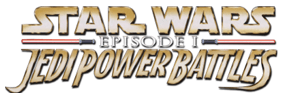





















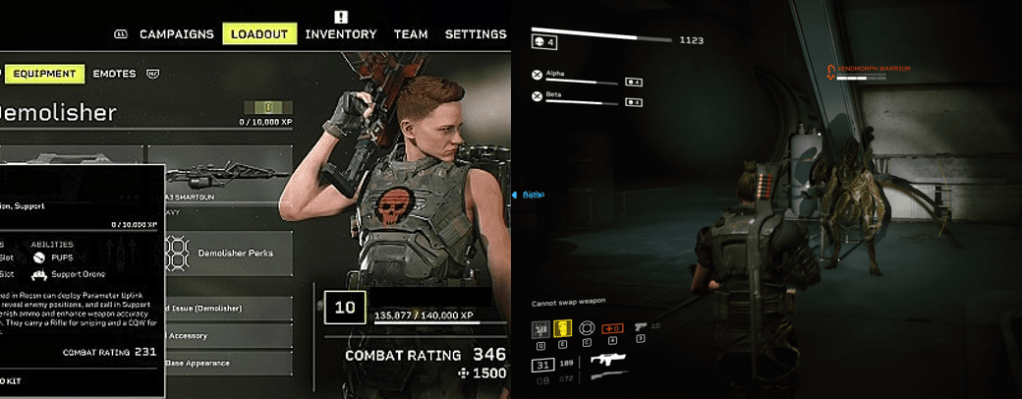
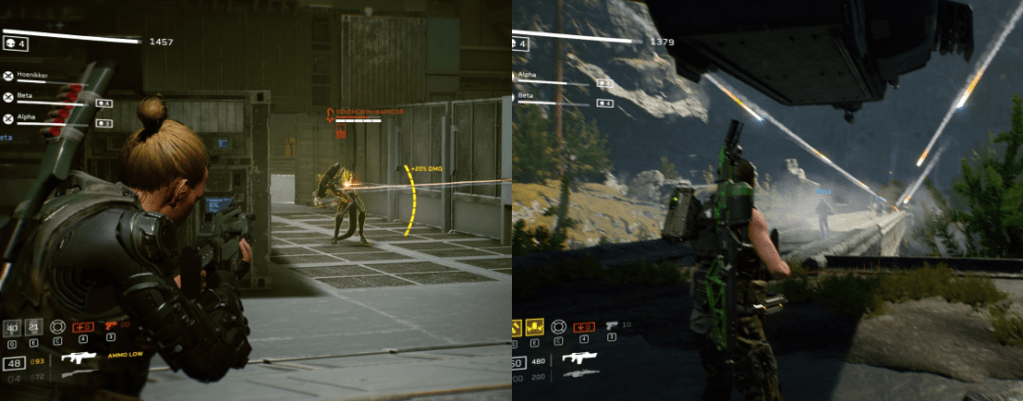
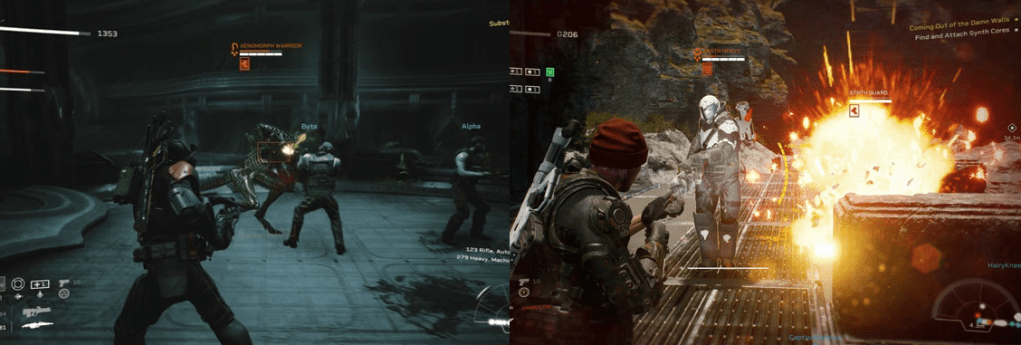

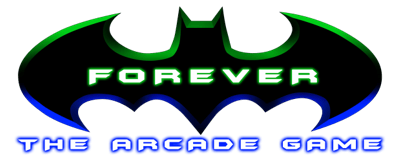
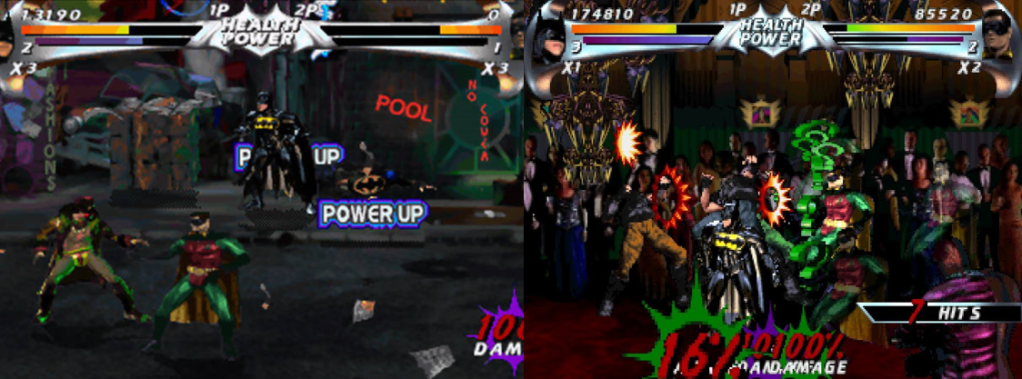

You must be logged in to post a comment.